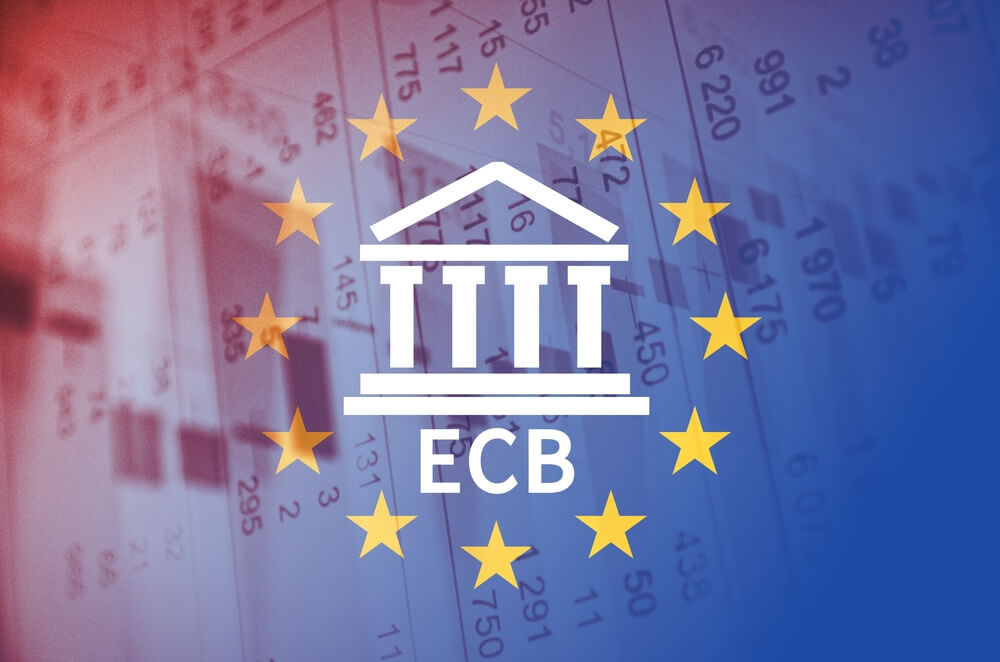The European Central Bank has taken action to support the economy in the 19-country eurozone, joining other major central banks like the U.S. Federal Reserve in responding to fears about global growth.
The ECB said Thursday it would extend the earliest date for an interest rate increase from year-end to mid-2020. Its benchmark rates are currently at record lows.
The central bank also said it would offer low rates on previously announced two-year loans to banks, provided that the banks exceed lending benchmarks — a step aimed at keeping credit flowing to businesses.
The moves from the eurozone’s monetary authority come just two days after Fed Chair Jay Powell signaled a shift in the direction of more stimulus instead of less. Powell said that the Fed is prepared to respond if it decides the Trump administration’s trade conflicts are threatening the U.S. economy. Investors read his remarks as a signal that the Fed will likely cut interest rates later this year.
Both the ECB and the Fed have had to halt the withdrawal of massive monetary stimulus they had deployed in the wake of the Great Recession and the global financial crisis. The Fed had started raising rates but put monetary tightening on hold late last year, faced with doubts about where the economy might be headed.
In Asia, the central banks of India and Australia cut their main interest rates this week as they too try to respond to a darkening economic outlook.
In a news conference on Thursday, ECB President Mario Draghi said the risks still pointed to the “downside,” citing risks from protectionism, troubles in emerging markets, and uncertainty about how Britain will leave the European Union. Britain’s latest exit deadline is Oct. 31 but it is not clear whether it will leave with a negotiated deal to avoid disruption to trade and supplies of parts and raw materials.
Draghi said that the bank is ready to “use all the instruments that are in the toolbox” to support the economy.
He said that members of the bank’s governing council had even raised the possibility of re-starting a bond purchase stimulus program that concluded at the end of the year after 2.6 trillion euros ($2.9 trillion) in purchases.
Draghi said there was “headroom” to restart the program if it became necessary and that “the policy space is there” for any measures the bank might need to deploy.
Like the U.S., the eurozone is seeing economic growth and unemployment has fallen. The eurozone grew 0.4% in the first quarter from the previous three-month period.
But economic indicators have been mixed recently. Businesses have become more cautious due to fears that the trade dispute between the U.S. and China might escalate and result in more tariffs, or import taxes, as U.S. President Donald Trump seeks to reduce China’s trade surplus with the U.S.
Meanwhile, inflation has consistently lagged the ECB’s goal of just under 2%, even despite the massive bond-buying stimulus program.
Central bank policies affect company and personal finances throughout the economy. Lowering rates and increasing the availability of credit in theory makes it easier and cheaper for companies, home buyers and consumers to borrow. Central bank policies can also have a strong influence on asset prices; low rates on savings can make riskier investments such as stocks relatively more attractive. The U.S. Standard & Poor’s broad market index jumped 2% on Powell’s comments.
The ECB’s benchmark rate for lending to banks is zero. On top of that it has imposed a 0.4% negative interest rate on deposits it takes from banks, which pushes them to loan the money.
© The Associated Press. All rights reserved.
